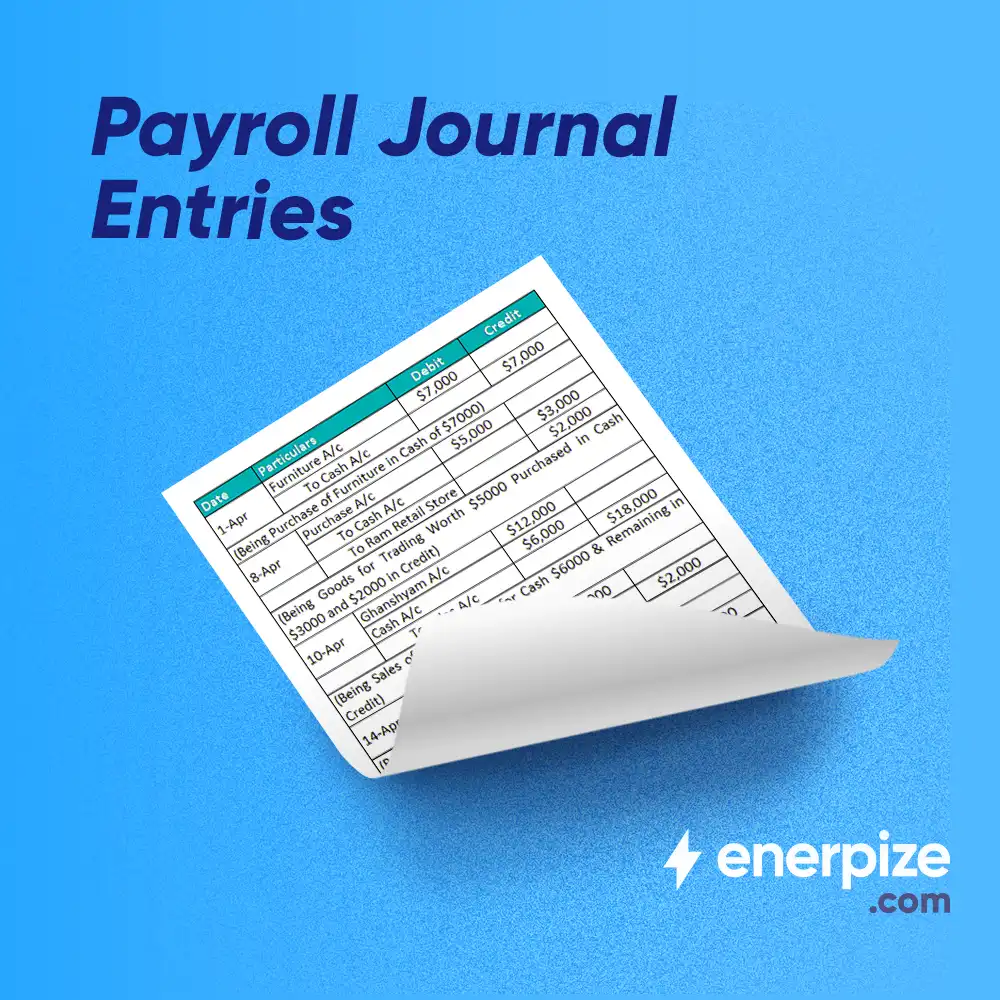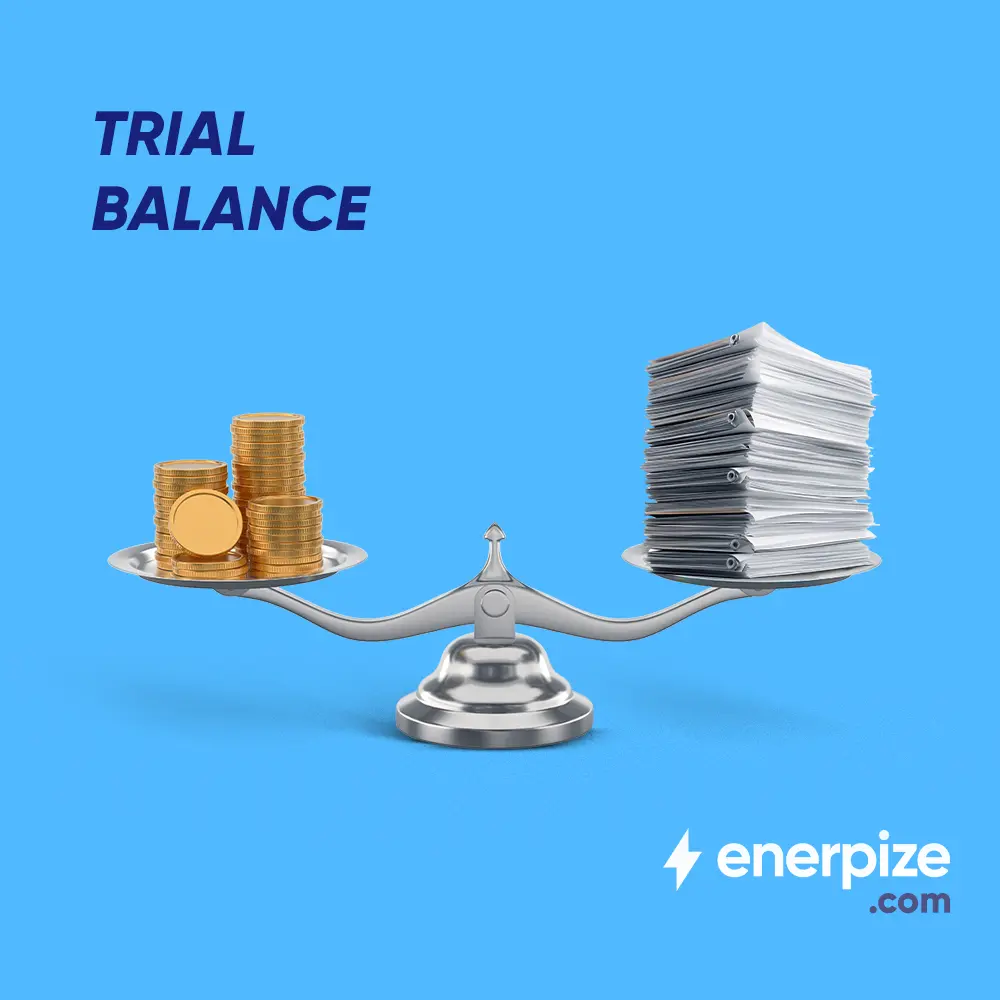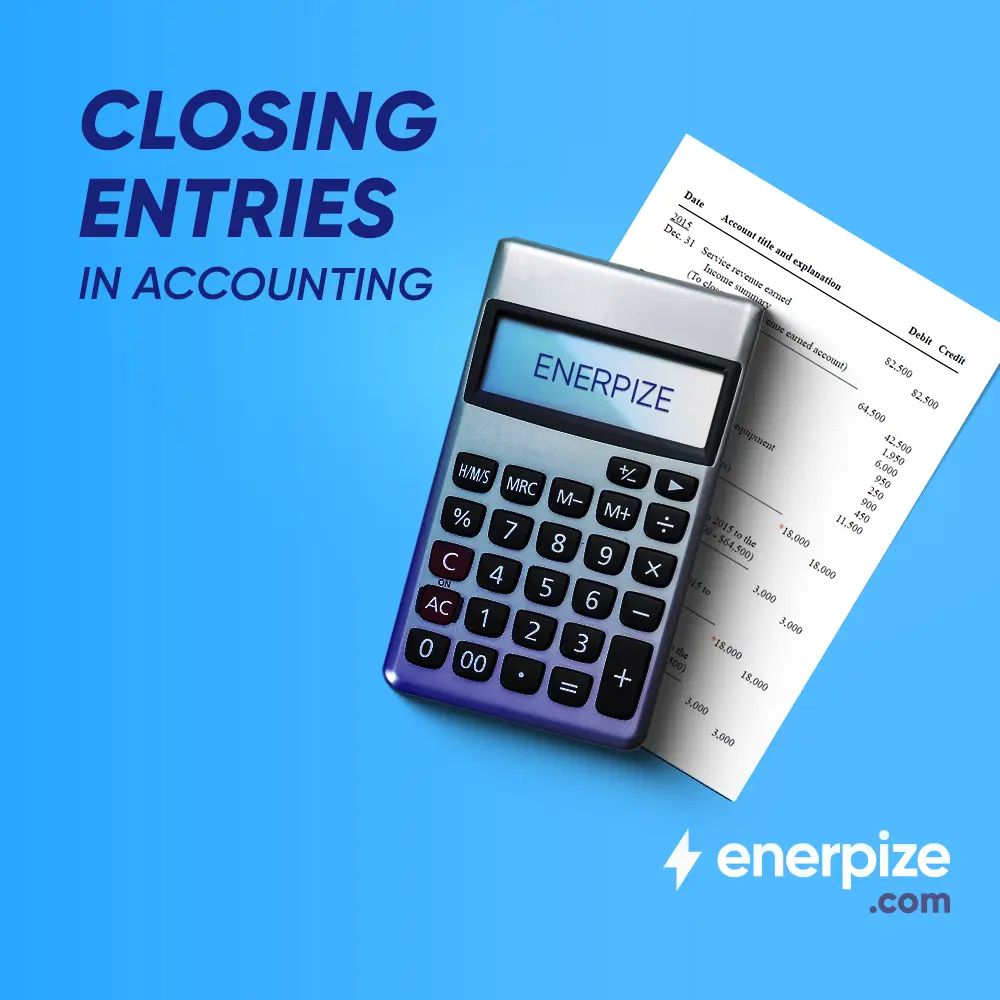Author : Haya Assem
A Comprehensive Guide to Current Liabilities
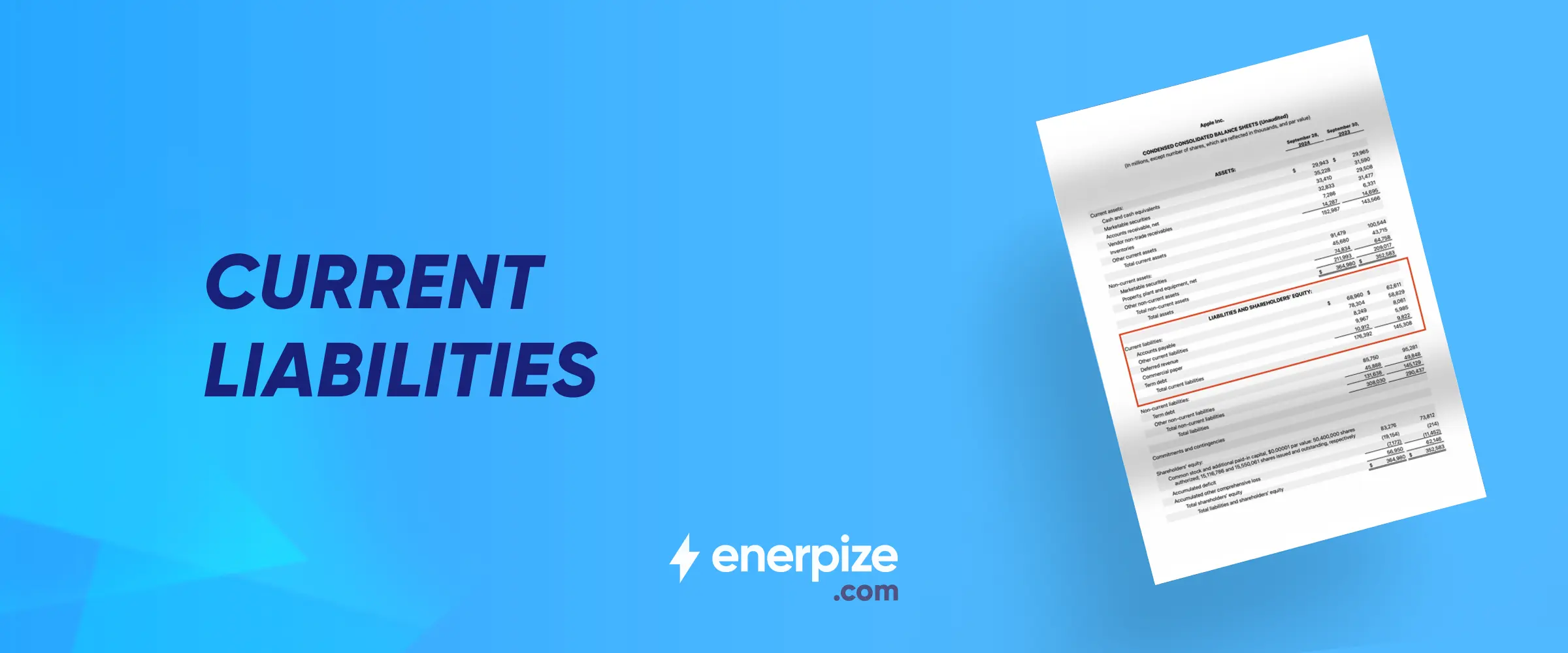
Current liabilities are short-term financial obligations a business must settle within a year. Understanding and managing these obligations is essential for maintaining financial stability and making informed business decisions. In this guide, you’ll learn what current liabilities are, how to calculate them, and how modern ERP tools simplify the process.
Key Takeaways
- Current liabilities are short-term obligations due within one year, essential for measuring a company’s liquidity and financial health.
- Examples include accounts payable, accrued wages, short-term loans, taxes payable, unearned revenue, and current portions of long-term debt.
- These liabilities directly affect key financial metrics like the current ratio, quick ratio, and cash ratio.
- Accurate calculation involves listing all short-term obligations, summing them up, and excluding long-term debts.
- Current vs long-term liabilities differ by duration and financial impact; short-term affects liquidity; long-term impacts long-range solvency.
- Effective liability management supports better cash flow planning, creditworthiness, and informed decision-making.
What Are Current Liabilities?
The current liabilities definition is short-term financial obligations that a company is legally required to pay within a short period, usually one year. These liabilities are frequently generated from day-to-day business activities and might include accounts payable, short-term loans, accrued expenses, taxes payable, and other similar debts.
Current (short-term) liabilities are a key component of a company's balance sheet since they help determine its short-term financial health and liquidity. Managing current liabilities ensures that a company can meet its commitments without affecting operations or cash flow.
Current Liabilities Examples
Understanding what falls under current liabilities is essential to maintaining accurate financial records and evaluating short-term liquidity. These examples of current liabilities are commonly used in financial statements and directly impact important metrics like the cash ratio, current ratio, and quick ratio.
- Accounts Payable: The amounts a company owes to suppliers for goods or services received on credit.
- Example: If a business receives raw materials worth $3,000 but hasn't paid the supplier yet, that $3,000 is recorded as accounts payable.
- Wages Payable: Salaries and wages owed to employees that have been earned but not yet paid.
- Taxes Payable: Income tax, sales tax, or VAT owed to the government that hasn't yet been paid.
- Short-Term Loans: Loans or lines of credit due within 12 months.
- Unearned Revenue (Deferred Revenue): Advance payments received from customers for services or products to be delivered later.
- Example: If a customer pays $2,000 upfront for a one-year software subscription, and 10 months remain, that unearned portion is a current liability.
- Accrued Liabilities: Expenses that have been incurred but not yet paid, such as interest, rent, or utilities.
- Example: An unpaid electricity bill of $300 that covers the last two weeks of the month would fall under accrued expenses.
- Dividends Payable: Dividends that the company has declared but not yet distributed to shareholders.
- Current Portion of Long-Term Debt: The part of a long-term loan that is due within the next 12 months.
Importance Of Current Liabilities In Accounting
Current liabilities affect the assessment of a company's short-term financial health and operational efficiency. They reflect immediate obligations that a business has to meet, making them essential for several vital accounting operations and financial decisions.
Assessing Liquidity
Current liabilities are essential in calculating liquidity ratios like the current ratio, quick ratio, and cash ratio. These ratios help determine whether a business can meet its short-term debts using available assets.
- Example: if a business has $50,000 in current assets and $30,000 in current liabilities, its current ratio is 1.67—indicating a healthy liquidity position.
Supporting Cash Flow Management
Businesses can better manage cash flow by monitoring current liabilities, as knowing when payments are due, such as loans, taxes, or supplier invoices, helps ensure timely disbursements.
May Help You: How to Calculate Net Cash Flow
Providing Insight Into Financial Stability
A manageable level of short term liabilities suggests operational discipline. On the other hand, consistently rising short-term obligations without corresponding growth in assets may indicate financial strain.
Guiding Credit and Investing Decisions
Lenders and investors often review a company’s current liabilities to assess risk. A high liability-to-asset ratio might make it harder to secure loans or favorable credit terms.
Ensuring Accurate Financial Reporting
Correctly classifying liabilities ensures that financial statements, especially the balance sheet, accurately represent a company’s financial position, which is vital for audits, compliance, and strategic planning.
You may also like: What Is Contingent Liability in Accounting?
How To Calculate Current Liabilities
Calculating current liabilities involves a straightforward process, add up all short-term financial obligations that a business must settle within one year. These typically include accounts payable, accrued expenses, short-term loans, taxes payable, and any portion of long-term debt due within the year. The exact components may vary depending on the business and its operations. Follow the steps below to accurately calculate current liabilities:
Step 1: List All Short-Term Obligations
Identify all liabilities that are due within 12 months or your business’s operating cycle. These short-term obligations vary from one business to another. They may include:
- Accounts payable
- Accrued expenses (e.g., wages, utilities)
- Short-term loans
- Taxes payable
- Unearned revenue
- Current portion of long-term debt
Step 2: Gather the Amounts
Look into your accounting records or balance sheet and note the outstanding amounts for each liability.
Step 3: Use the Formula
Apply the current liabilities formula:
Current Liabilities = Accounts Payable + Accrued Expenses + Short-Term Debt + Other Short-Term Obligations
Step 4: Verify and Classify Correctly
Ensure that only liabilities due within one year are included. Exclude long-term debts and non-financial obligations.
Example
A small retail store is reviewing its finances at the end of the fiscal quarter. The goal is to calculate the store’s current liabilities to understand its short-term financial obligations and prepare accurate financial statements. The following liabilities are due within the next 12 months:
- Accounts Payable: $6,200
- Accrued Wages: $2,800
- Short-Term Loan: $10,000
- Taxes Payable: $1,500
- Unearned Revenue: $3,000
- Current Portion of Long-Term Debt: $4,000
Current Liabilities = 6,200 + 2,800 + 10,000 + 1,500 + 3,000 + 4,000 = $27,500
So, the total current liabilities for this business would be $27,500.
Read also: How to Calculate Liabilities: Formula and Examples
Current VS Long-Term Liabilities
Businesses often carry both current and long-term liabilities as part of their financial structure. These obligations vary based on when they are due and their impact on a company’s liquidity and financial planning.
Current liabilities are short-term obligations due within a year, while long-term liabilities are debts or commitments payable beyond one year. Understanding the distinction between the two is critical for assessing a company's short-term liquidity and long-term financial stability.
Below is a structured comparison that outlines the key differences between current and long-term liabilities:
1- Definition
- Current Liabilities: Financial obligations a business must settle within one year or its operating cycle.
- Long-Term Liabilities: Obligations not due for settlement within the next 12 months.
2- Purpose
- Current Liabilities: Evaluate a company's ability to meet short-term obligations.
- Long-Term Liabilities: Assess a company’s long-term financial commitments and sustainability.
3- Payment Duration
- Current Liabilities: Due within one year or less.
- Long-Term Liabilities: Due in more than one year.
4- Examples
- Current Liabilities: Accounts payable, salaries, taxes payable, short-term loans.
- Long-Term Liabilities: Bonds payable, long-term loans, deferred tax liabilities, lease obligations.
5- Impact on Financials
- Current Liabilities: Directly affect short-term liquidity and working capital.
- Long-Term Liabilities: Influence long-term solvency and debt management.
6- Used in Calculating
- Current Liabilities: Current ratio, quick ratio, and other liquidity ratios.
- Long-Term Liabilities: Debt-to-equity ratio, solvency ratios, and leverage analysis.
7- Financial Management Focus
- Current Liabilities: Prioritize cash flow management and short-term funding.
- Long-Term Liabilities: Emphasize long-term investment planning and capital structure management.
Streamlining Current Liabilities Calculation With Enerpize ERP Software
Based on everything discussed in this article, current liabilities play a key role in assessing a business’s short-term financial health, but managing them can quickly become complex. As a business grows and transactions increase, tracking current liabilities manually becomes time-consuming and error-prone. That’s where Enerpize Online Accounting Software makes a difference by automating liability tracking and delivering real-time financial insights, which helps businesses stay accurate, efficient, and in control.
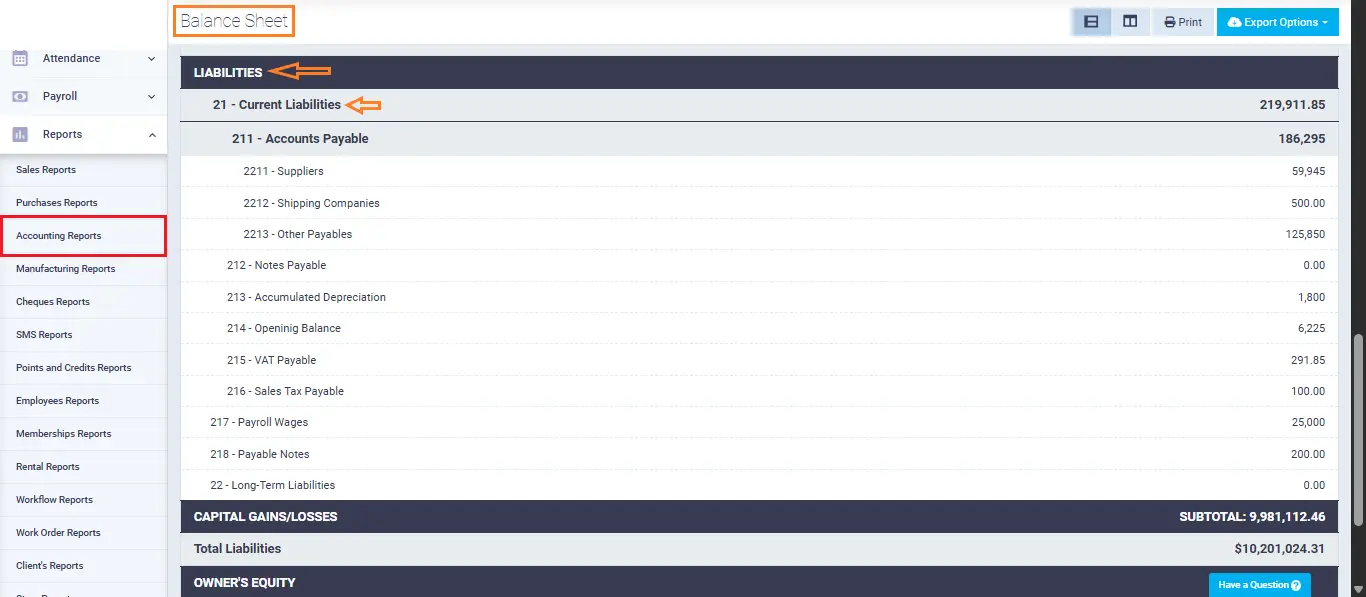
How Enerpize Makes It Easier:
- Automated Classification: As soon as purchases, expenses, or payroll are recorded, Enerpize auto-updates related liability accounts (e.g., accounts payable, accrued wages, short-term debt) directly in the chart of accounts.
- Live Balance Sheet Insights: Enerpize’s real-time reporting shows current liabilities side-by-side with current assets, making it easy to monitor liquidity and calculate ratios like the cash ratio, current ratio, and quick ratio instantly.
- Comprehensive Financial Reporting: With built-in reports, P&L, balance sheet, and cash flow, Enerpize automatically includes current liabilities in your financial statements, enhancing accuracy and compliance.
- Seamless Module Integration: Whether expenses are captured via purchases, payroll, or inventory, those entries flow into liability accounts automatically, eliminating redundant data entry.
FAQs About Current Liabilities
Are notes payable current liabilities?
Yes, notes payable are considered current liabilities if they are due within one year. If the repayment period extends beyond 12 months, they are classified as long-term liabilities.
What are current liabilities on a balance sheet?
On the balance sheet, current liabilities appear under the liabilities section and include short-term obligations like accounts payable, wages payable, taxes payable, and short-term loans, typically due within a year.
How to find current liabilities?
To find current liabilities, check the liabilities section of the balance sheet. Add up all line items that are due within one year.
Are bonds payable current liabilities?
No, bonds payable are usually classified as long-term liabilities unless the bond is maturing within the next 12 months, then the portion due is moved to current liabilities.
Are retained earnings current liabilities?
No, retained earnings are not liabilities at all. They represent accumulated net profits and are reported under shareholders’ equity, not as liabilities.
What are considered current liabilities?
Common current liabilities include:
- Accounts payable
- Accrued wages and expenses
- Short-term loans
- Taxes payable
- Unearned revenue
- Current portion of long-term debt
What are non current liabilities?
Non-current liabilities, also called long-term liabilities, are debts and obligations not due within one year.
Are accrued expenses current liabilities?
Yes, accrued expenses like unpaid wages, utilities, or interest are current liabilities because they are obligations that have been incurred but not yet paid, due within a short period.
What are short-term liabilities?
Short-term liabilities is another term for current liabilities. These are obligations due within one year, directly impacting a company’s liquidity and cash flow.
How to manage short-term liabilities?
To manage short-term liabilities effectively:
- Track due dates using accounting software like Enerpize
- Maintain sufficient cash reserves
- Monitor liquidity ratios (e.g., cash ratio, current ratio)
- Prioritize high-interest or time-sensitive payments
Managing current liabilities is easy with Enerpize.
Try Enerpize accounting software to track and manage current liabilities automatically.


